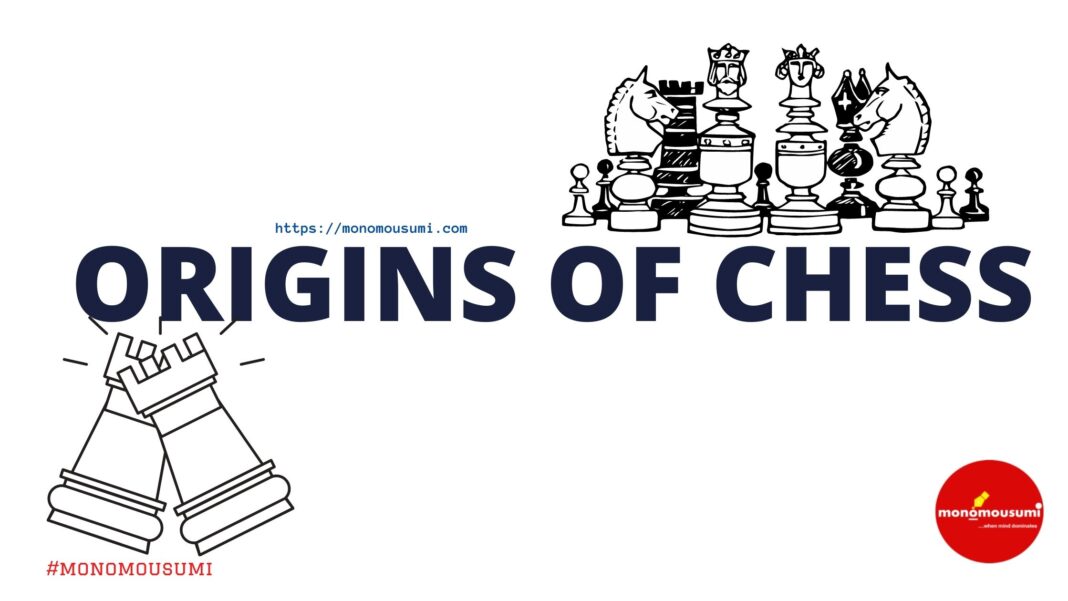Chess, in recent decades, has surged in development and popularity with enthusiasts and geniuses playing worldwide. It has evolved largely in many aspects, although especially in recent times. However, this is down to one primary contributing factor: engines.
Chess is a game which dates back as early as the 5th Century AD during the Gupta Empire, where, when playing, the Indians used slate or even parts of large stones as the boards, and ornate ivory sculptures as pieces. The pieces were divided into four sectors; infantry, chariotry, cavalry, elephantry and there was a counsellor which also helped protect the king. These divisions can clearly be seen today as the pawns, rooks, knights, bishops and the queen. After the Indians invented the game chess (known back then as ‘chaturanga’) it soon spread to Persia whose enthusiasm for the game played a large part in the evolution of chess – they shouted Shāh (king) and Shāh Māt (king is helpless) which you have probably deduced eventually evolved to the well-known ‘check’ and ‘checkmate.’ After this the game spread more and more, and eventually became a universally known game.
Chess hadn’t changed much over time, where generally, it was reserved to the wealthy for most of its history. There were a few modifications to the rules and format here; notably, before 1475, a counsellor (now the queen) was only allowed to move one square at a time and pawns were only allowed to promote to a counsellor but from 1475 onwards, the counsellor could move any number of squares and the pawn could promote to any piece apart from the king. Other minor changes popped up such as ‘en passant’ and ‘castling’ both introduced around the 15th century but popularity increased very slowly.
It was only up until the late 19th and early 20th century that chess started its ascent towards the centre stage. In 1883, the annual London Chess Tournament took place. The special feature here was that this was the first tournament in history to utilise chess clocks invented by mechanic Thomas Bright Wilson during the Industrial Revolution. Although this did not immediately spark a rapid increase in popularity, it was a stepping stone along the way as people found more of an incentive and urgency in their chess with a time control.
In 1975, the first proper technological invention was made for chess. A digital chess clock was made commercially available for use by Joseph Meshi and Jeffrey Ponsor. This also happened to be at the time of the famous rivalry between American Bobby Fischer and Russian Gary Kasparov during the Cold War. It was a much publicised antagonism and a larger herd were involved in chess at this point.
With an increase in technology in the late 20th century, people were starting to build chess engines. These were artificial intelligence creations which chess fanatics attempted to build in order to help with analysis, performance, but primarily to be better than humans. The first engines in the 1950s were poorly constructed which beginners were capable of beating. However, technology improved, people were learning more with each failure, resulting in better chess engines over the decades. In 1980, 15 year old Mark Uniacke had designed and built the first promising chess engine called HIARCS (Higher Intelligence Auto Response System). Unfortunately, this wasn’t at the same standard as Anatoly Karpov (world champion at the time) but HIARCS is now a highly respected chess engine after several improvements over the decades.
The computer company IBM, in 1985 started to build an engine named Deep Blue. This was programmed in C, and by 1995 had a highly sophisticated and complex hardware architecture. It seemed to be an extraordinary breakthrough and there was great publicisation due to the fact it would play world champion Garry Kasparov. Surprisingly though, the Russian grandmaster managed a comfortable 4-2 win over the engine so the whole parade was to no avail. But IBM did not give up so it was upgraded heavily, so much so that the computer could now improve by playing games against itself. Its significant amelioration from the previous attempt led to further public eye, now with a much more feasible prospect ahead of them. In May 1997, in a display of Man vs Machine (also the name of a documentary made about this series of events), the Machine came out on top. After Deep Blue’s victory, IBM were lauded highly as this was a major turning point in chess history.
Soon after this development came many more engines such as Hydra and Deep Fritz both equally as strong as Deep Blue. However, as money was now becoming a large factor, certain controversies took place, especially with the engine Rybka, disqualified for the plagiarising of code.
With the new generation, everything had to be converted into an online equivalent, with chess following that trend. In 2007, Chess.com was founded, although not the first chess website (Internet Chess Club was founded in 1995), it was certainly the most popular. Chess.com was compatible for chess engines and this increased its popularity tenfold. Now the website has over 30 million members with 1700 grandmasters on the platform.
Evidently, chess has evolved massively over the centuries, although recently that change has definitely been more visible with several popular websites including Chess.com and Lichess, over 200 million players worldwide according to FIDE, and dozens of engines such as Stockfish, HIARCS and Lyla Chess Zero. The latter is indisputably the main factor which has led to increased popularity and development of chess.
But engines have not just changed the popularity of chess. Cheating – using aid via engines – is now a problem being faced by many chess organisations, especially those online. Currently, with the coronavirus, online is the only possible manner in which chess can be played. As engines are now freely available online, there is a fantastic opportunity for cheats despite its immorality. This is an ongoing issue and without removing online engines completely – hindering people who genuinely want to analyse games – this will not be resolved.
In general nowadays, engines are vital for serious and passionate chess players looking to improve. There are some concerns as to whether they are almost too useful to have, but whether positive or negative, they have had a clear impact on the way chess is played as a whole and have sparked the rapid development popularity surge of late.
By Gaurav Kamath









